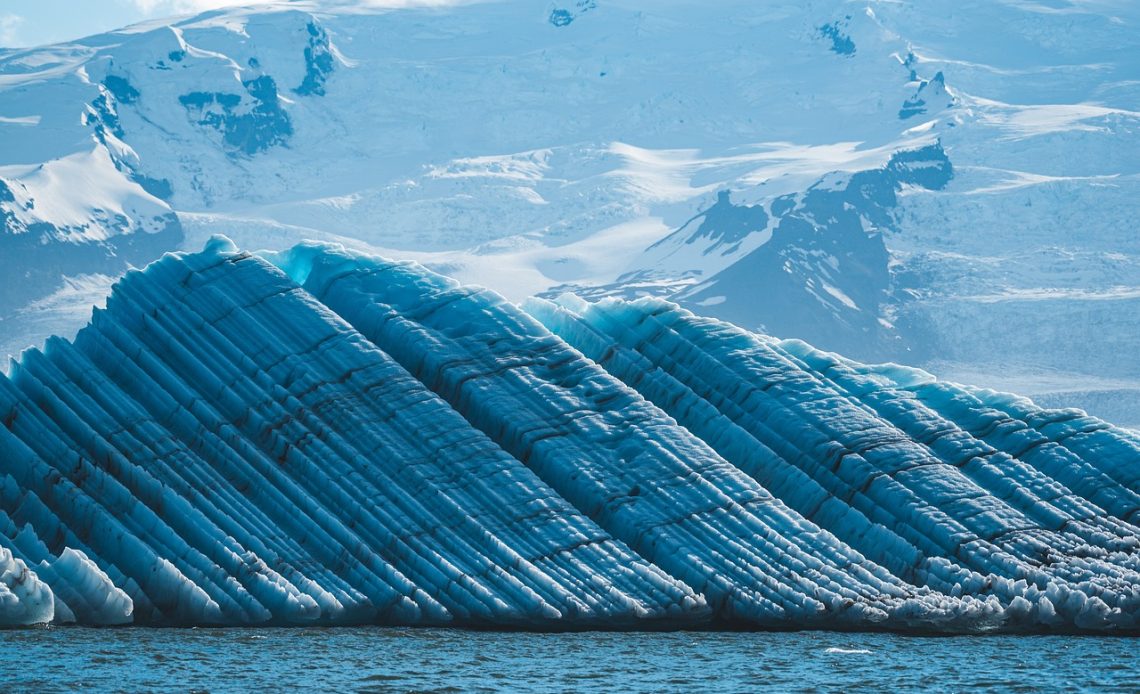
Iceland might be a small country, but it’s bursting with natural wonders and breathtaking landscapes. From the aurora borealis dancing in the skies to towering glaciers and glistening ice caves, there’s truly no shortage of jaw-dropping sights to see. However, with so much beauty on offer year-round, choosing the best time to visit Iceland can feel like an overwhelming task. But don’t fret – we’ve got you covered! In this ultimate guide, we’ll take you through everything you need to know to find the perfect time to explore this incredible country. So get ready for some epic planning as we dive into our top tips for finding your ideal season in Iceland.
Introduction
If you’re planning a trip to Iceland, you might be wondering when the best time to visit is. The answer depends on what you’re looking for in a vacation. If you want to experience the country’s natural beauty, including its many waterfalls and glaciers, then summer is the best time to go. However, if you’re interested in seeing the Northern Lights, then you’ll need to travel during winter. Keep reading for more information on both seasons in Iceland.
Weather in Iceland
Iceland is a country of many weather extremes. The best time to visit depends on what kind of weather you are looking for. Here is a guide to the different types of weather you can expect in Iceland and the best time of year to experience them.
Iceland is known for its cold winters and giant snowstorms. If you’re looking to experience some of Iceland’s famous winter weather, the best time to visit is between November and February. This is when you’ll find the heaviest snowfall and lowest temperatures. Keep in mind, however, that this is also the busiest tourist season, so expect higher prices and crowds.
If you’re not a fan of cold weather but still want to see some snow, March and April are good months to visit. The temperatures are starting to warm up at this time of year, but there will still be some snow on the ground in most places.
May through September are the best months for milder weather and longer days. Temperatures during this time range from 50-60 degrees Fahrenheit (10-15 degrees Celsius), with occasional rain showers. This is also when Iceland’s famous midnight sun occurs, so if you want to experience 24 hours of daylight, plan your trip for June or July. Just be aware that prices will be highest during these months due to peak tourist season.
October brings shorter days and cooler temperatures, similar to those in early spring. If you don’t mind chilly weather but don
Factors to Consider When Deciding a Time to Visit
If you’re trying to decide when to visit Iceland, there are a few key factors to consider. The first is the weather. Iceland is an incredibly scenic country, but it can be challenging to enjoy all of its natural beauty if you’re dealing with bad weather. On the other hand, if you don’t mind a little cold and rain, visiting during the shoulder season (September-October or April-May) can be a great way to avoid the crowds and save some money.
Another important factor to consider is your budget. Iceland is one of the most expensive countries in Europe, so if you’re on a tight budget, you’ll want to plan your trip accordingly. That being said, there are plenty of ways to save money while in Iceland, so even if you’re on a tight budget, you can still enjoy your trip.
Finally, think about what kind of activities you want to do while in Iceland. If you’re interested in hiking and outdoor activities, summer is the best time to visit. However, if you want to experience Icelandic culture and nightlife, winter might be a better option for you.
No matter when you decide to visit Iceland, there’s sure to be something for everyone. Just make sure to take into account the factors that are most important to you and plan accordingly!
What time of year is the most popular?
The most popular time of year to visit Iceland is during the summer months, from June to August. This is when the weather is at its best, with long days and plenty of sunshine. It’s also when the majority of tourist attractions are open. However, it’s worth noting that this is also the peak season, so you can expect higher prices and larger crowds. If you’re looking to avoid the crowds and save some money, consider visiting Iceland during the shoulder season (April-May or September-October). The weather will still be good during these months, but you’ll find fewer tourists and lower prices.
Pros and Cons of Visiting During Peak Season
Pros:
-You’ll have the opportunity to see the country’s most popular attractions, such as the Blue Lagoon and Gullfoss Waterfall, without having to battle large crowds.
-The weather is generally more stable during peak season, so you’re less likely to experience any disruptions to your plans.
-Hotels and other accommodation options are typically more available during peak season.
Cons:
-You’ll have to deal with higher prices for flights, hotels, and activities.
-The weather can be unpredictable, and you may end up dealing with rain or even snow.
Should You Visit during the Low Season?
Iceland is a popular travel destination for many reasons, but one of the most appealing is its unique and ever-changing landscape. With its vast glaciers, towering mountains, tumbling waterfalls, and steaming hot springs, Iceland is truly a nature lover’s paradise.
The best time to visit Iceland depends on what you hope to see and do while you’re here. If you’re looking to fully experience all that this country has to offer, then visiting during the low season may be your best bet. Here are some things to consider if you’re thinking about visiting Iceland during the winter months:
Prices are cheaper across the board during the low season, from airfare and accommodation to food and activities. This can be a great way to save money if you’re on a budget.
However, some attractions may be closed or have limited hours during the winter months due to weather conditions. Make sure to do your research ahead of time so you know what will be open and accessible during your visit.
The weather in Iceland can be very unpredictable, even during the summer months. During the winter, temperatures can drop below freezing and snowfall is common. Be sure to pack accordingly so you’re prepared for any type of weather condition.
Despite the colder temperatures and potential weather disruptions, visiting Iceland during the winter can be an incredibly magical experience. With fewer crowds and cheaper prices, it’s definitely worth considering if you’re planning a trip here!
Things to Do in Iceland During Depending on the Season
In Iceland, the weather and daylight hours vary greatly depending on the season. Here are some ideas of things to do in Iceland during each season:
Spring:
As the days begin to lengthen and the temperatures start to warm up, spring is an ideal time for hiking and other outdoor activities. The snow starts to melt, revealing Iceland’s unique landscape. This is also a good time to visit Reykjavik and experience the city’s nightlife scene.
Summer:
If you’re looking for warmer weather, summer is the best time to visit Iceland. The longest days of the year make it perfect for exploring all that the country has to offer. From hiking and horseback riding to glaciers and waterfalls, there’s something for everyone in Iceland during summertime.
Autumn:
Although autumn brings cooler temperatures, it’s still a great time to visit Iceland. The leaves start to change color, making for beautiful scenery. This is also a good time of year for photography enthusiasts or anyone who wants to capture the beauty of Iceland in its fall colors.
Winter:
Winter is a magical time in Iceland, with its long dark nights and sparkling snow-covered landscapes. If you’re looking for a truly unique experience, consider visiting during winter when you can witness the Northern Lights. Another popular winter activity is whale watching, as many whales can be seen off the coast of Iceland during this time of year.
Conclusion
To sum up, finding the best time to visit Iceland can be a daunting task with so many factors to consider. However, by understanding and being aware of the potential climate conditions in different seasons, you can make sure that you plan your trip at the right time. With research and careful consideration, you can find the perfect season for your pursuits – whether it’s sightseeing attractions or outdoor activities – and make sure that you don’t miss out on making memories in this unique and beautiful country.



